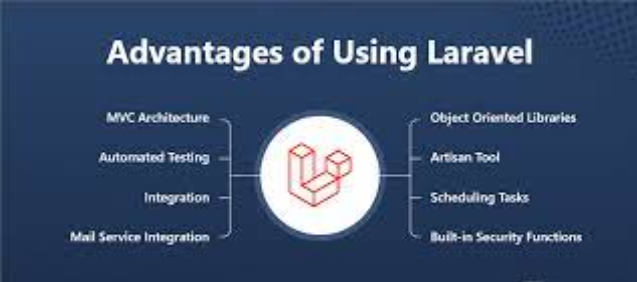In the hustle and bustle of today’s world, owning a home stands as a significant achievement for countless individuals and families across India. Yet, with property prices reaching new heights, the path to homeownership often necessitates reliance on Home Loans. However, this journey through the complex terrain of Home Loan procedures can often feel like navigating a labyrinth of terms and conditions, leaving many feeling overwhelmed and perplexed. To address this challenge, this article aims to offer a clear and comprehensive guide to the Home Loan process, providing readers with a step-by-step roadmap towards realizing their dream of owning a home.
Step 1: Assessing Your Eligibility
Before initiating the Home Loan application process, it’s essential to assess eligibility. Lenders consider factors such as income, age, credit score, employment stability, and financial commitments. Determining your debt-to-income ratio offers clarity on your borrowing capacity, facilitating a more informed decision-making process. This evaluation ensures that you approach the application process with a realistic understanding of your financial standing and loan suitability.
Step 2: Researching Lenders and Loan Options
Thorough research is imperative due to the myriad of financial institutions providing Home Loan products. Delve into comparing interest rates, loan tenors, processing fees, and prepayment charges to identify the most suitable option for your needs. Additionally, investigate potential government-backed schemes and subsidies that might augment your choices, ensuring you make an informed decision aligned with your financial goals and preferences.
Step 3: Documentation and Pre-Approval
Gather all requisite documents for the Home Loan application, including income, identity, and address proofs, property documents, and bank statements. Upon compiling these, approach your chosen lender for pre-approval. Pre-approval provides an estimate of your eligible loan amount, empowering you during your property search by giving you a clear understanding of your financial capabilities and guiding your decision-making process effectively.
Step 4: Property Valuation and Legal Due Diligence
Upon identifying a property, the lender conducts a comprehensive valuation to ascertain its market worth, thereby determining the loan amount they are willing to sanction. Simultaneously, legal due diligence is undertaken to verify the property’s ownership, title deeds, and any encumbrances. This meticulous process ensures that the property is devoid of any legal disputes or discrepancies, safeguarding the interests of both the borrower and the lender.
Step 5: Loan Sanction and Disbursement
Following the completion of property valuation and legal due diligence, the lender proceeds to approve the loan. You’ll then be required to sign the loan agreement and cover the processing fee. Subsequent to approval, the loan amount is disbursed either directly to the seller or in installments, depending on the stage of property construction. This finalizes the loan process, paving the way for property acquisition.
Step 6: Repayment and Management
Once the loan is received, focus shifts towards repayment and management. It’s vital to set up an automated repayment schedule to ensure timely payments and prevent penalties. Additionally, consider leveraging features such as part-prepayment and foreclosure to expedite repayment and reduce interest costs. These strategies not only facilitate efficient repayment but also contribute to overall financial stability and savings in the long run.
Key Features of Home Loans
- Home Loans offer flexible interest rates, providing borrowers with the choice between fixed and floating rates. This flexibility enables borrowers to select the option that aligns with their risk tolerance and prevailing market conditions.
- Tax benefits are available to borrowers under Section 80C and Section 24 of the Income Tax Act. These benefits allow for tax deductions on both principal repayment and interest payments, rendering Home Loans a tax-efficient financing alternative.
- Home Loans offer extended repayment tenors, typically spanning from 5 to 30 years. This feature provides borrowers with the flexibility to spread out their payments over a prolonged duration, effectively easing the burden of monthly installments.
- The Home Loan balance transfer facility allows borrowers to switch their current Home Loan from one lender to another. This option enables borrowers to capitalize on lower interest rates or improved terms provided by a different financial institution.
Conclusion
In conclusion, although the Home Loan process may appear daunting, breaking it into manageable steps simplifies the journey to homeownership. Assess eligibility, research lenders, gather documents, and grasp key loan features for confidence. Remember, securing your dream home is not merely a financial investment but a pivotal milestone in securing your family’s future.



